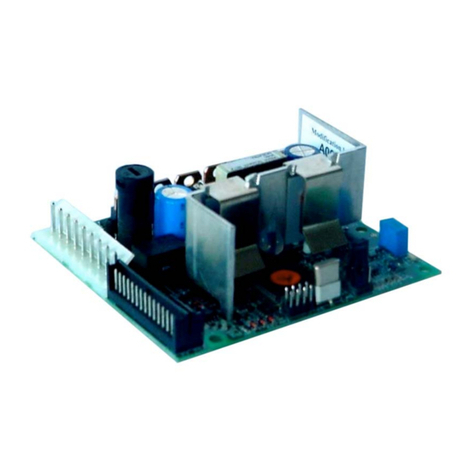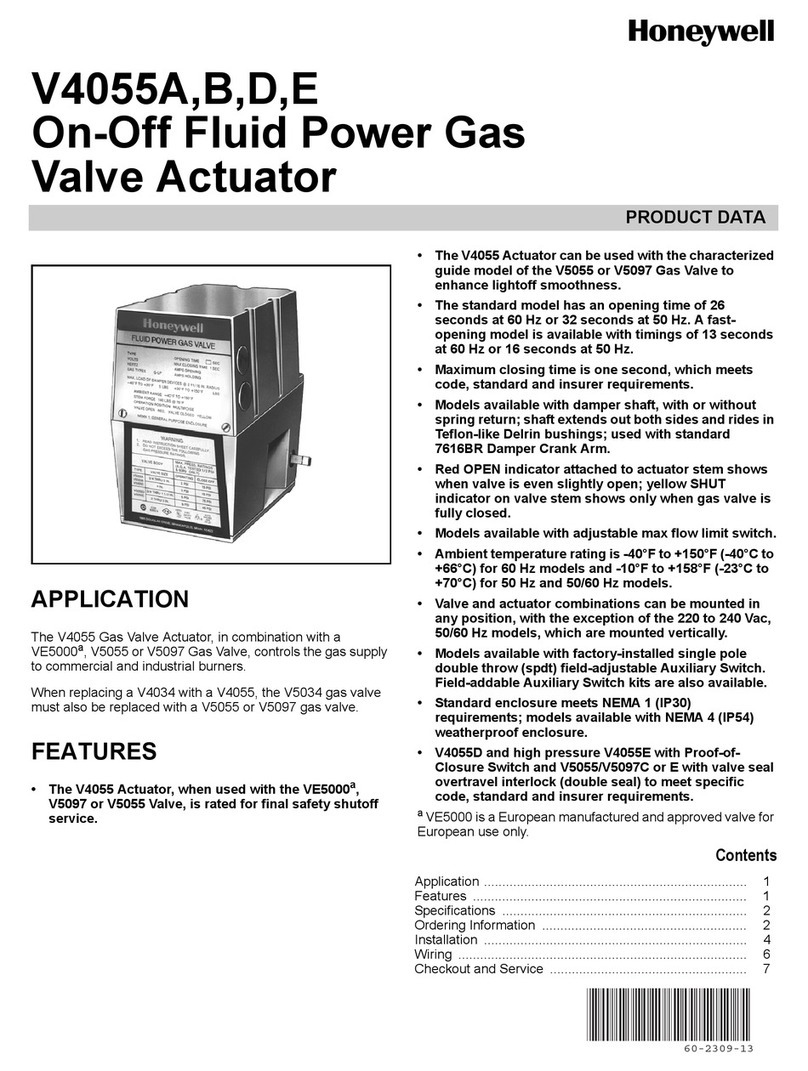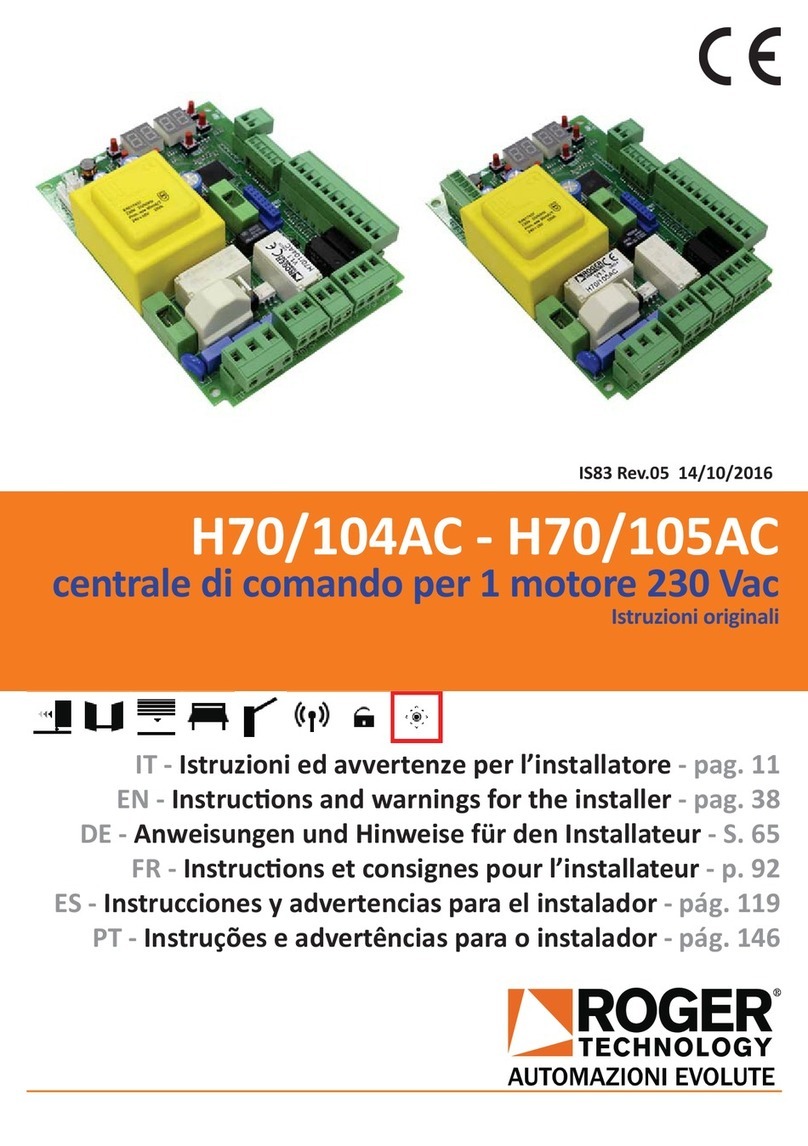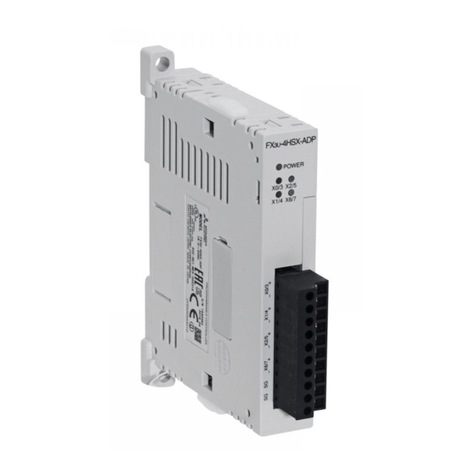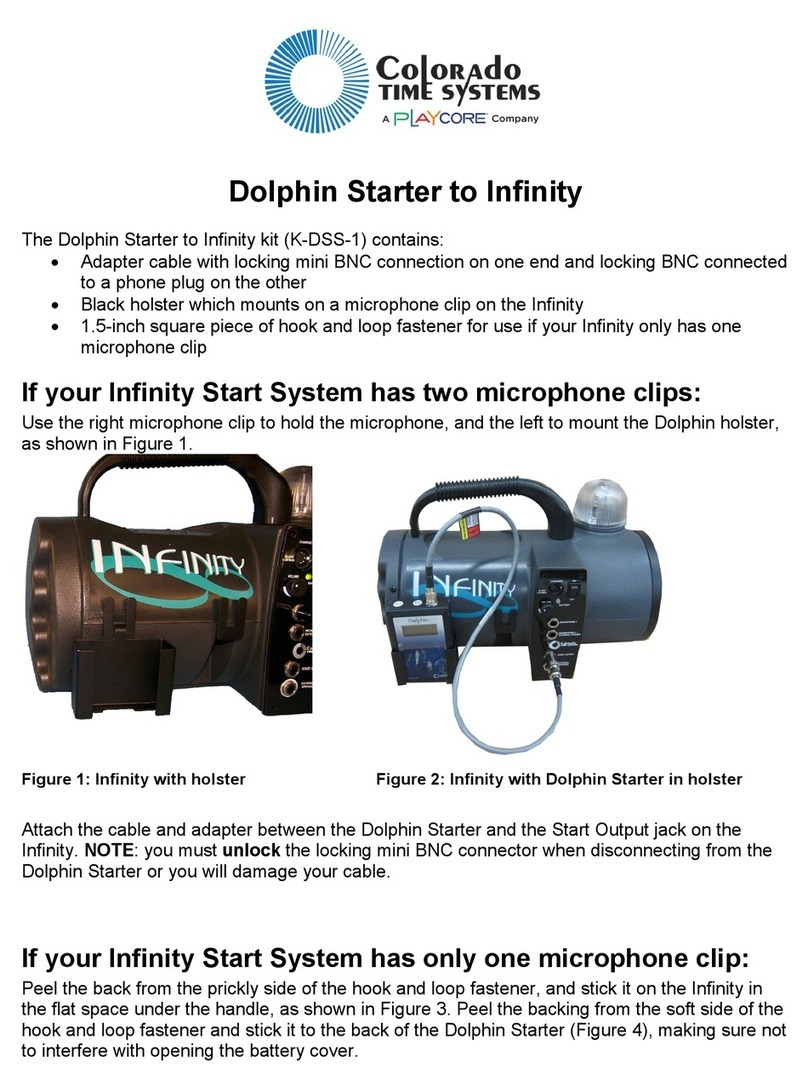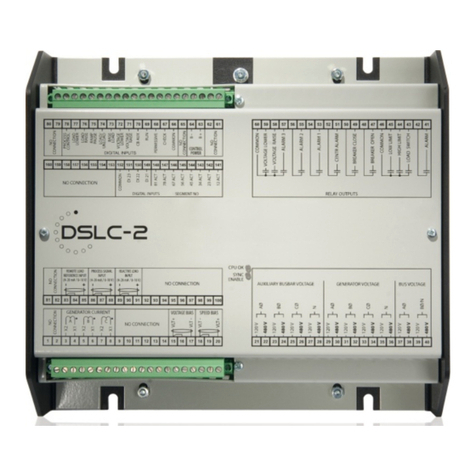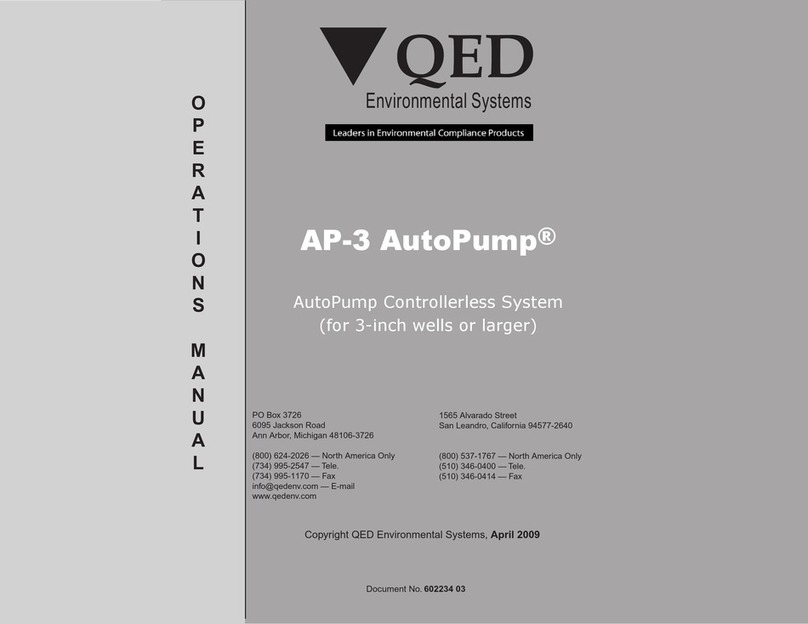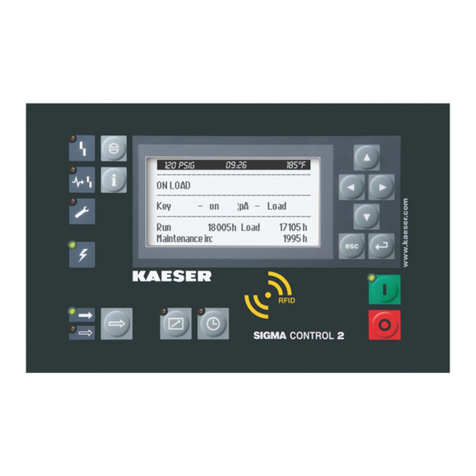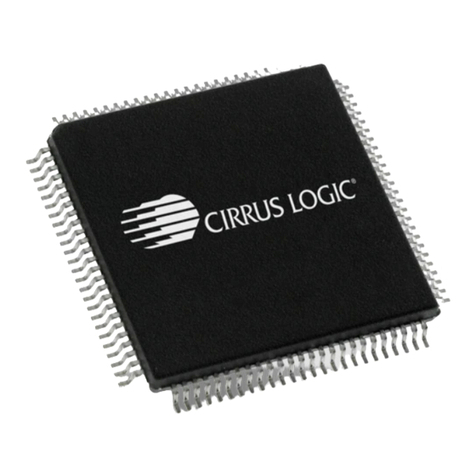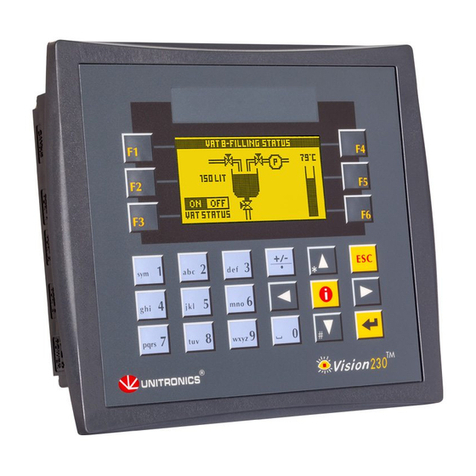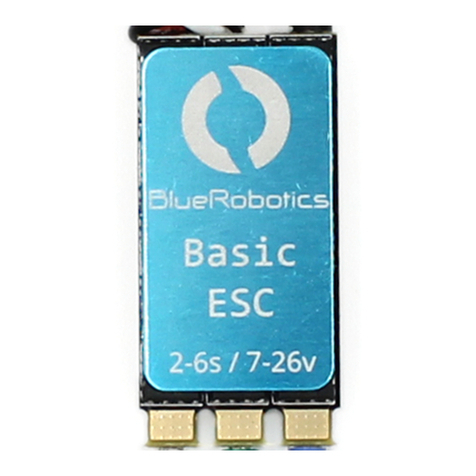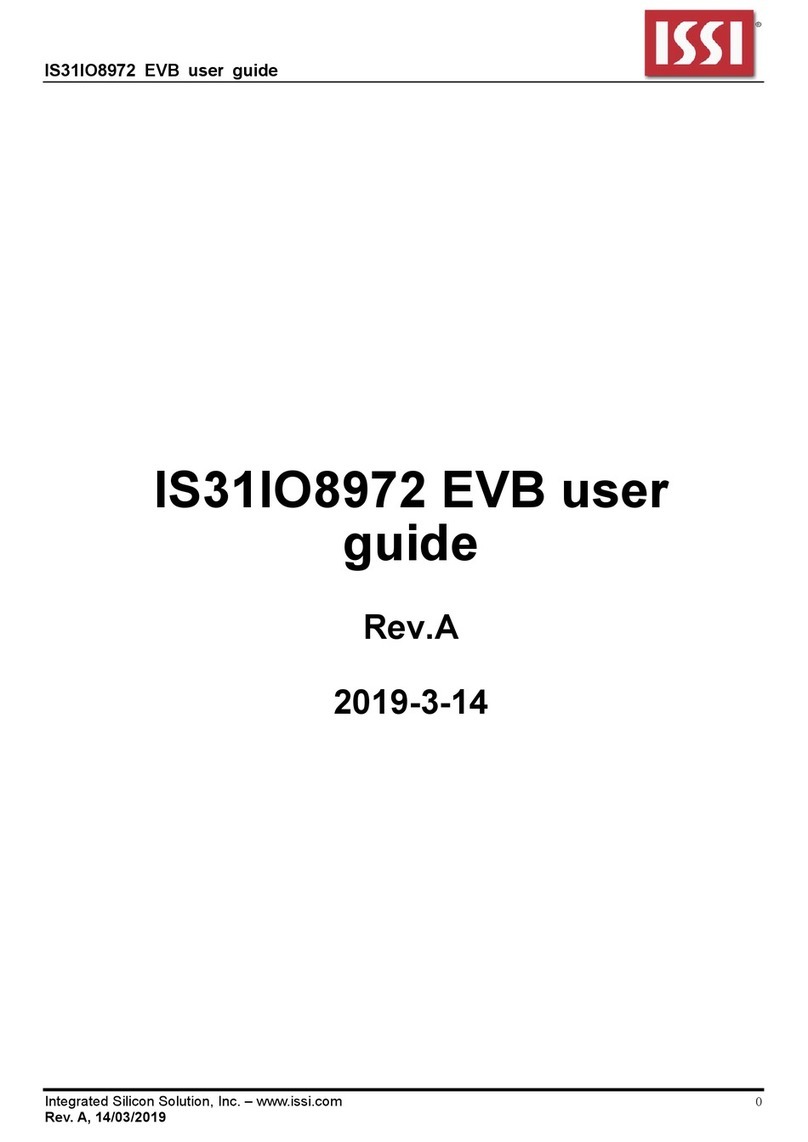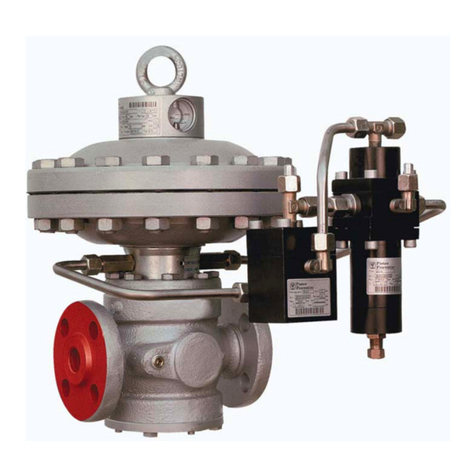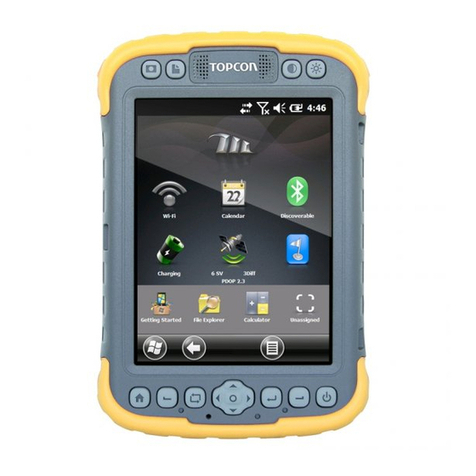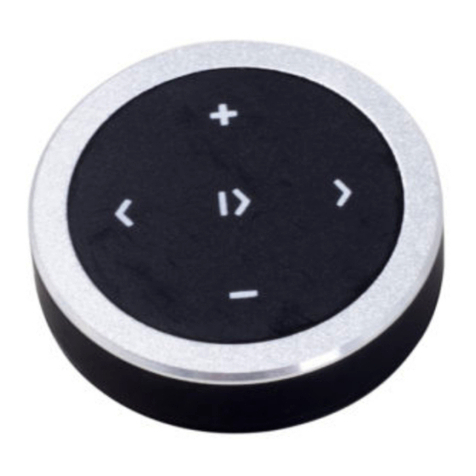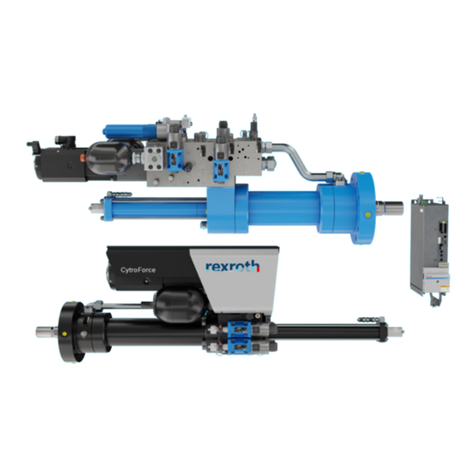The
Thruster Commander
can be powered in one of two ways: 7-28 VDC or regulated 5 VDC. 7-28 VDC power can be
supplied via the POWER connector in the top left corner of the board. This can be connected directly to any 7-28 VDC
power supply, including the batteries powering your motors. 5 VDC regulated power is available from some ESCs with
built-in battery eliminator circuits (BECs) which can power the
Thruster Commander
via the PWM cable, eliminating the
need for the 7-28 VDC power intput. These ESCs will have a third, red wire on their PWM input cables which carries the 5
VDC supply.
Note that not all ESCs with such three-wire PWM input cables have built-in BECs.
If none of your ESCs have BECs, you will need to supply either 7-28 VDC power via the POWER connector or 5 VDC
regulated power from an external regulator/BEC. Our Basic ESCs do not have built-in BECs and are not able to power the
Thruster Commander
; they will require the use of the 7-28 VDC power input.
Mounting
Thruster Commander
Two M3x0.5 holes spaced 31.75 mm (1.25”) apart on the back of each
Thruster Commander
provide a solid way to
mount it on your project. Alternatively the
Thruster Commander
can be mounted with double-sided tape. However you
mount the
Thruster Commander
, make sure it is in a location where it will stay dry, because the
Thruster Commander
and its accessories are not waterproof.
The potentiometers can be mounted through a 10 mm (3/8”) hole in a panel or box up to 2.5 mm (0.1”) thick. After
removing the nut and washer from the potentiometer, pass the potentiometer through the mounting hole from the back
of the panel or box. Replace and tighten the nut and washer, then attach the knobs to the potentiometer by tightening
the set screw onto the at section of the potentiometer shaft using the provided 1.5 mm allen wrench.
Deadman Switch/Enabling Output
To enable PWM outputs from Thruster Commander, the center SWITCH pin must be connected to ground, indicated on
the board as “GND”. This is achieved out-of-the-box with a jumper between the center and GND pins of SWITCH.
A deadman switch can be added by replacing this jumper with any normally-open (NO) momentary switch connected
between the center pin and GND. External “enable” switches can also be used. Should the switch be released or become
disconnected from Thruster Commander, the SWITCH-to-GND connection will be broken and
Thruster Commander
will
stop all connected motors.
If you are using the
Thruster Commander
on a vehicle, we highly recommend that you install a deadman switch to
prevent it from running o without you.
Operation
ESC Initialization
Most BLDC ESCs have a built-in safety feature that requires a neutral input signal (1500 µs) before they will complete
their initialization. While this reduces the chances of a thruster unexpectedly turning on and lacerating you or your
friends, it necessitates an extra initialization step at runtime.
The
Thruster Commander
outputs a neutral PWM signal to connected ESCs when:
SWITCH is open (i.e. not connected to ground),
input potentiometers are centered, or
not enough potentiometers are connected.
This condition must be held until the ESC gives a high-pitched beep (the fth beep after being powered on in the case of
the Blue Robotics BasicESC). This beep signies that the ESC has nished its initialization and is ready to accept an input.





